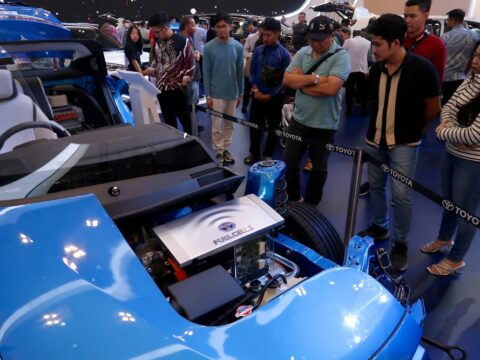Self-driving cars are revolutionizing the way we think about transportation, but with innovation comes a fair share of myths and misunderstandings. In this article, we’ll clear up 15 common misconceptions about self-driving cars, separating fact from fiction and giving you a clearer picture of what these autonomous vehicles can and can’t do. Whether you’re excited about the future of driving or just curious, read on to discover the truth behind the hype.
Contents
Self-driving cars are 100% autonomous.
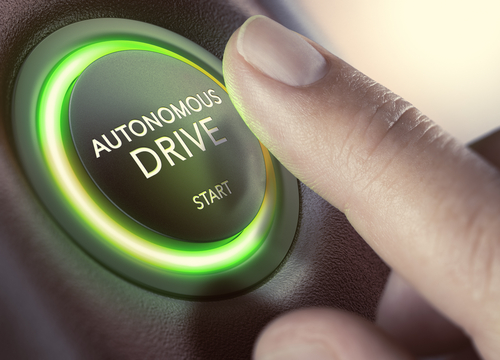
This misconception persists because many people believe self-driving cars operate without any human oversight. However, current self-driving cars (often categorized as Level 2 or 3 in the SAE’s six levels of driving automation) still require a human driver to take over in certain situations. True full autonomy (Level 5) remains a future goal.
They don’t require any human intervention.
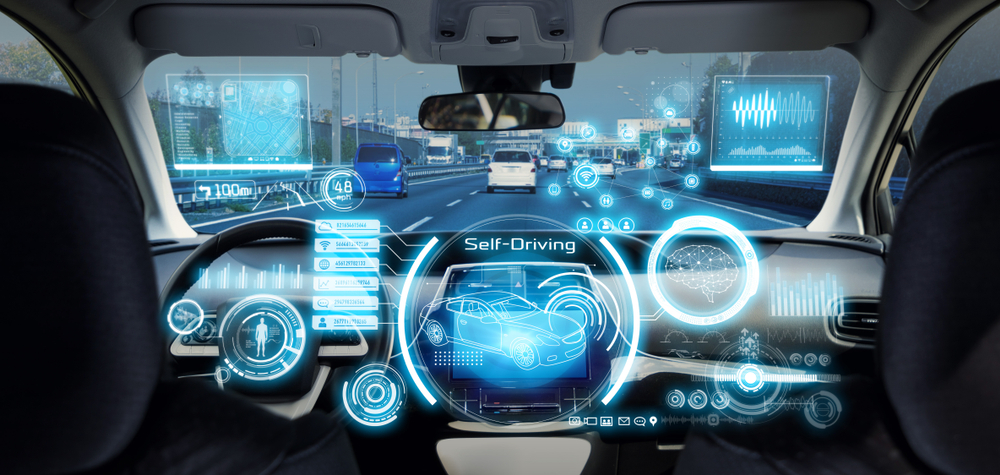
Despite advancements, self-driving cars still need human intervention, particularly in complex driving environments or unexpected scenarios. Many autonomous vehicles are designed to request human control in difficult situations, making the presence of a human driver essential for safety.
Self-driving cars are completely safe and can’t cause accidents.
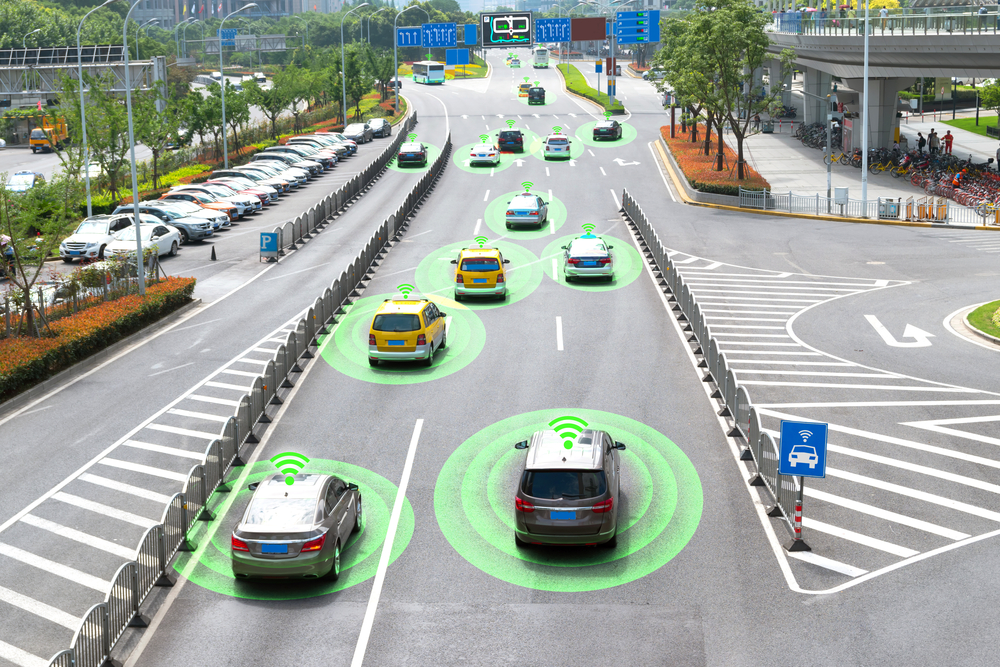
While self-driving cars aim to reduce accidents caused by human error, they are not completely accident-proof. They can still encounter unforeseen situations, software bugs, or mechanical failures that may lead to accidents, making this belief a dangerous oversimplification.
They can drive in all weather conditions without issues.

Adverse weather conditions like heavy rain, snow, or fog can impair the sensors and cameras self-driving cars rely on. These vehicles may struggle with poor visibility and slippery roads, necessitating improvements in technology to handle all weather conditions reliably.
Self-driving technology is already fully developed.
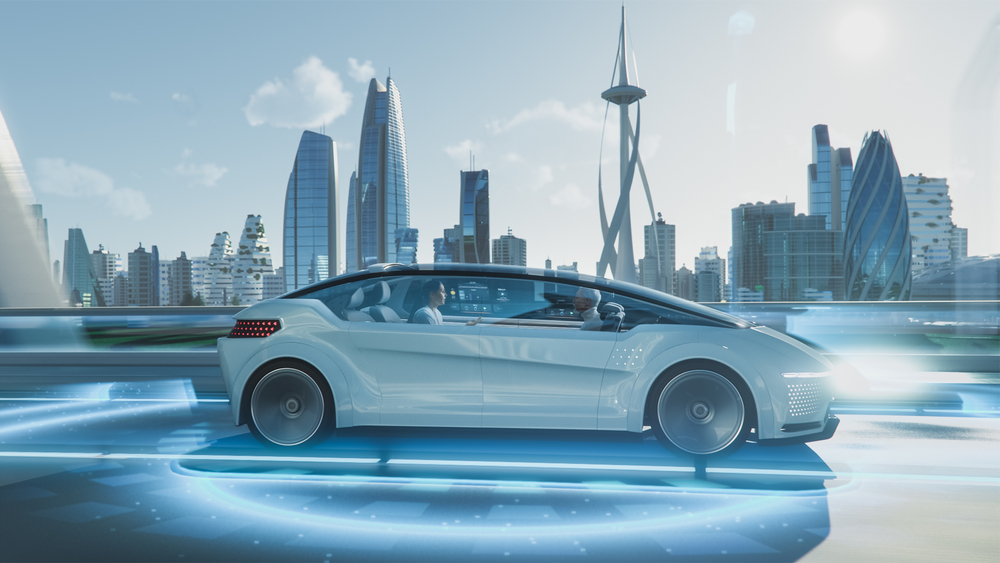
Autonomous driving technology is still evolving. While there have been significant strides, the technology is far from perfect and requires further development, testing, and refinement to handle the vast array of driving scenarios autonomously and safely.
All self-driving cars are the same.
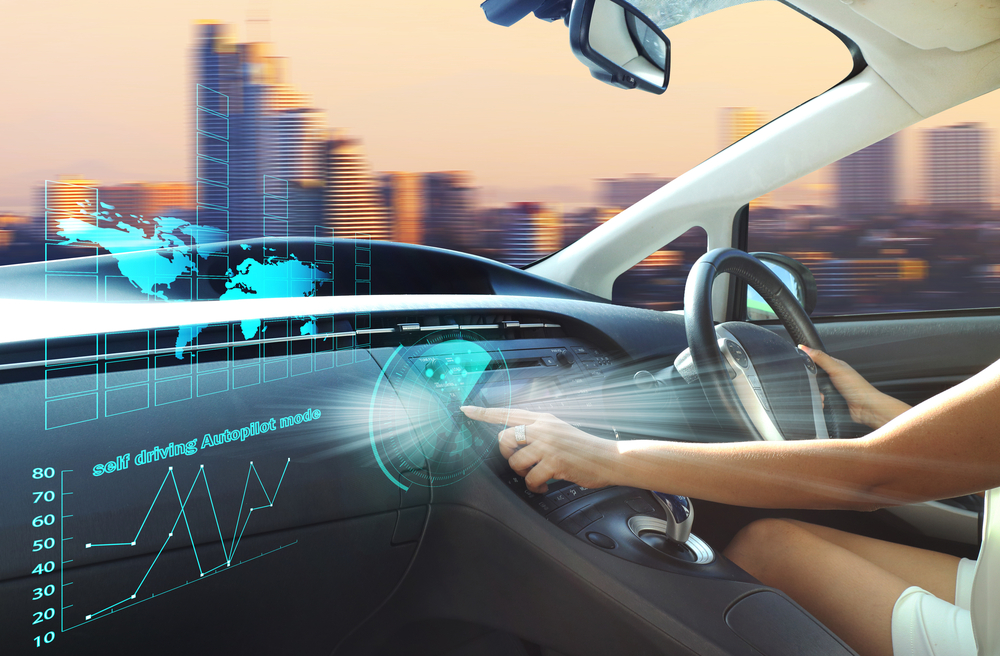
Self-driving cars vary greatly in terms of technology, capabilities, and levels of autonomy. Different manufacturers use different systems and approaches, resulting in a wide range of performance and reliability among autonomous vehicles.
They will eliminate all traffic congestion.

While self-driving cars have the potential to improve traffic flow through better coordination, they will not eliminate congestion entirely. Traffic is influenced by many factors, including road infrastructure, vehicle volume, and human-driven vehicles, which will still share the road for the foreseeable future.
Self-driving cars don’t need to follow traffic laws.
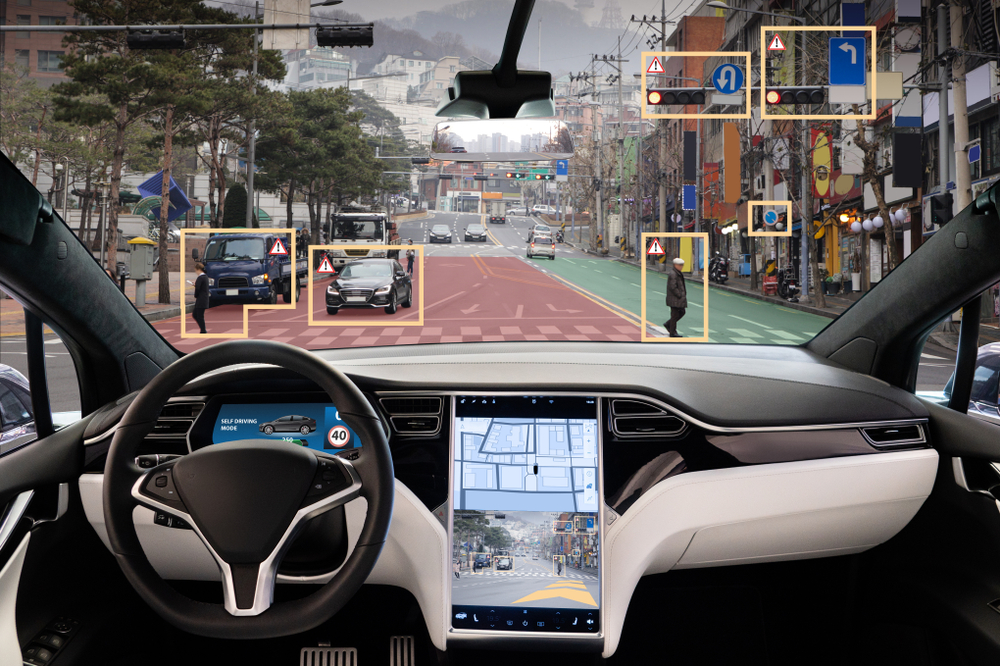
Self-driving cars are programmed to follow traffic laws rigorously. They must adhere to speed limits, traffic signals, and other regulations to ensure safety and avoid legal issues, just like human drivers.
They are too expensive for the average person to afford.

The cost of self-driving technology is high, but prices are expected to decrease as the technology matures and scales. Additionally, ride-sharing services and fleets of autonomous vehicles may provide affordable access to self-driving cars without requiring individual ownership.
Self-driving cars will put all drivers out of work.
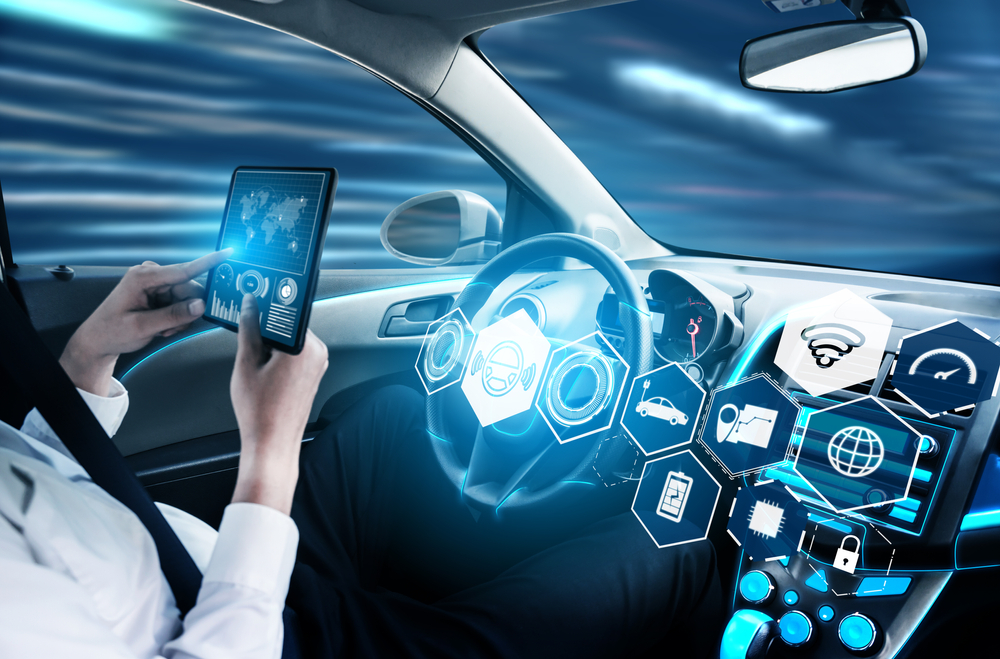
While self-driving technology may reduce the need for some driving jobs, it will also create new opportunities in areas such as technology maintenance, fleet management, and AI supervision. The transition will be gradual, allowing the workforce time to adapt.
They can’t be hacked.

Like any other technology, self-driving cars are vulnerable to hacking. Manufacturers are investing heavily in cybersecurity measures to protect these vehicles from malicious attacks, but no system is entirely immune to hacking.
Self-driving cars don’t need regular maintenance.
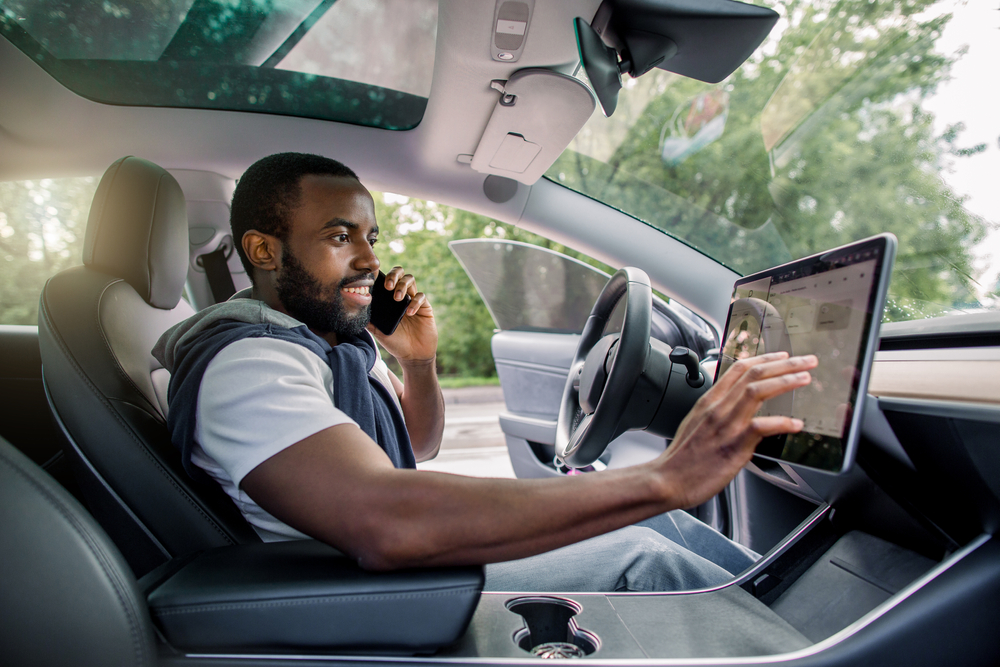
Self-driving cars still require regular maintenance to ensure their sensors, cameras, software, and mechanical components are functioning correctly. Routine check-ups are necessary to maintain safety and performance.
They are already available everywhere.

While self-driving cars are being tested and deployed in certain regions, they are not yet available everywhere. Regulatory, technological, and infrastructure challenges mean that widespread adoption will take time.
Self-driving cars will make human drivers obsolete overnight.
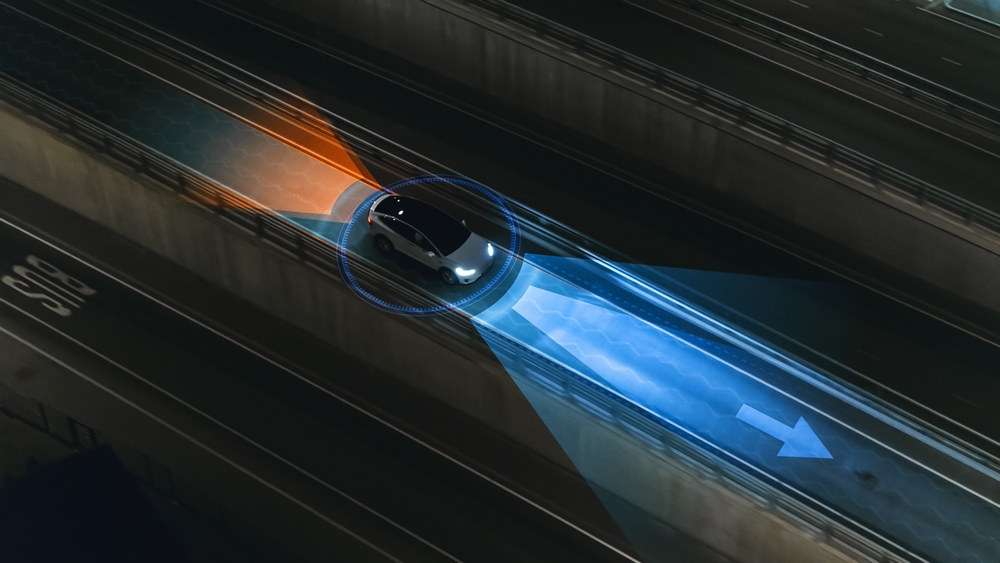
The transition to fully autonomous vehicles will be gradual, and human drivers will still be needed for many years. The infrastructure, regulatory frameworks, and public acceptance of self-driving cars will evolve slowly.
They can navigate any road or terrain.

Self-driving cars perform best on well-mapped and maintained roads. Unmapped areas, complex terrains, and poorly maintained roads can pose significant challenges to current autonomous driving systems.
This article originally appeared in MyCarMakesNoise.
More from MyCarMakesNoise
Mods That Turn Heads

When it comes to personalizing cars, some enthusiasts take their creativity to the next level. From bold color choices to radical body modifications, these unconventional car mods are guaranteed to turn heads wherever they go. Read More
15 Most Frustrating Car Tech Issues According to Drivers

Navigating the roads can be challenging enough without the added frustration of problematic car technologies. We’ve gathered insights from drivers to highlight the 15 most frustrating car tech issues. Read More
19 Most Elegant Classic Trucks Ever Made

Classic trucks have a unique charm that combines rugged functionality with timeless elegance. In this article, we celebrate the 19 most elegant classic trucks ever made, showcasing models that have stood the test of time with their stunning designs and enduring appeal. Read More

